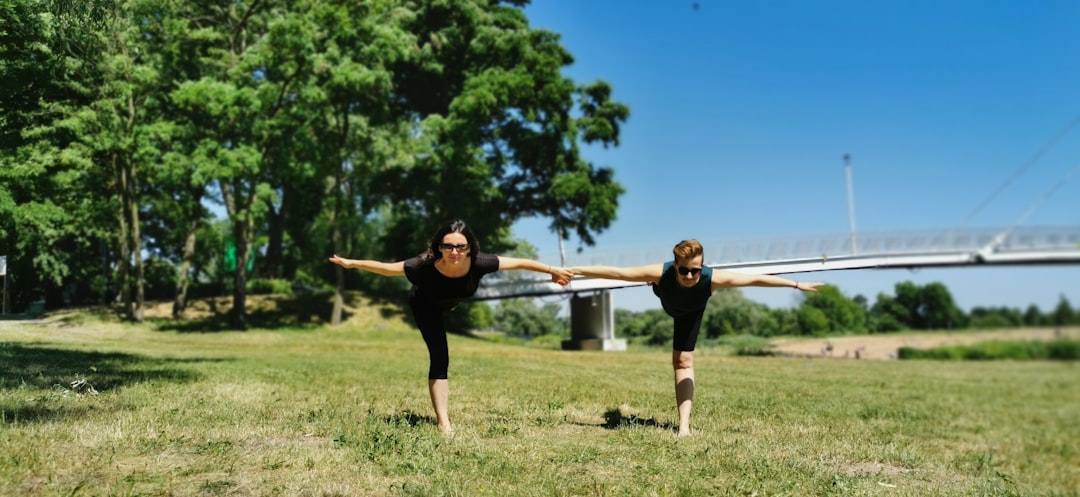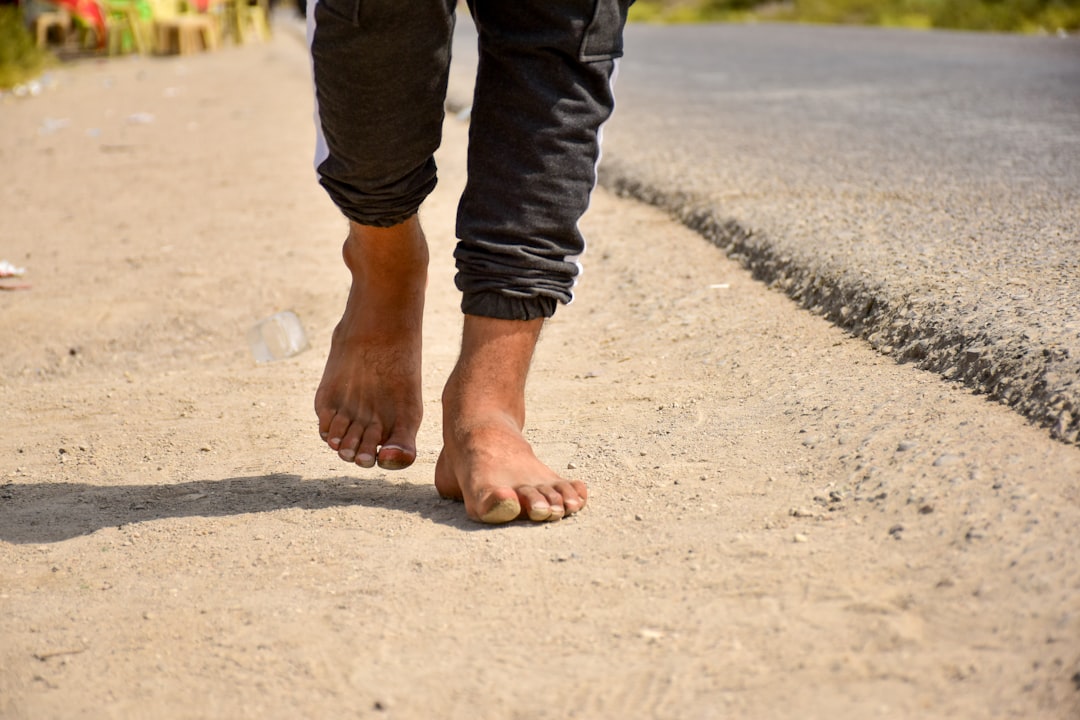Simple Balance-Building Exercises to Prevent Falls
Each year, more than one in four adults over age 65 in the United States experiences a fall—a startling statistic that speaks to the ways our bodies change with time. For many, the simple goal of moving confidently through daily life can feel less certain as balance, muscle strength, and flexibility shift. Yet, the power to nurture stability and prevent falls truly rests in small, consistent choices we make every day. This journey isn’t about chasing youth or perfect agility; it’s about embracing healthy ways to support the body you live in—honoring both its wisdom and its needs. That's why we've expanded our list of evidence-based exercises offer practical, step-by-step guidance for building balance at home.
1. Single-Leg Stand

The single-leg stand lays the groundwork for better balance by teaching your body to stabilize when weight shifts to one side. Begin by standing tall behind a sturdy chair or countertop, hands lightly resting for support. Shift your weight onto your left foot, slowly lifting your right foot just an inch or two off the ground. Hold your gaze forward and breathe steadily as you focus on finding a steady point of balance. Try to maintain this posture for up to 10 seconds—then gently return the foot and repeat on the opposite side.For added challenge, increase your hold time or attempt the exercise with less reliance on your hands as confidence grows. Those seeking more stability can start with both hands gripping the support and progress to using just fingertips. This simple move strengthens ankle, leg, and core muscles while fine-tuning your proprioception—the body’s sense of position. Practicing single-leg stands two to three times a week can help make everyday tasks, from standing in line to stepping into a shower, feel a bit more secure.
2. Heel-to-Toe Walk

The heel-to-toe walk is a gentle yet powerful tool for challenging your balance in motion. Start by finding a clear stretch of floor, ideally near a wall for occasional support. Stand tall, then place your right foot directly in front of your left so that the heel nearly touches the toes. Take a slow, controlled step forward, mimicking a tightrope walk, with each step heel-to-toe for about 10 steps. Keep your focus ahead, not on your feet, to help maintain alignment.If needed, lightly touch a wall or the back of a chair for balance. With practice, you might try walking backward or with arms outstretched for an extra challenge. This exercise does more than improve balance—it enhances the coordination needed for safe walking, making it easier to navigate curbs, crowds, or uneven ground. Small, regular sessions can build resilience against falls and foster a new confidence in every stride.
